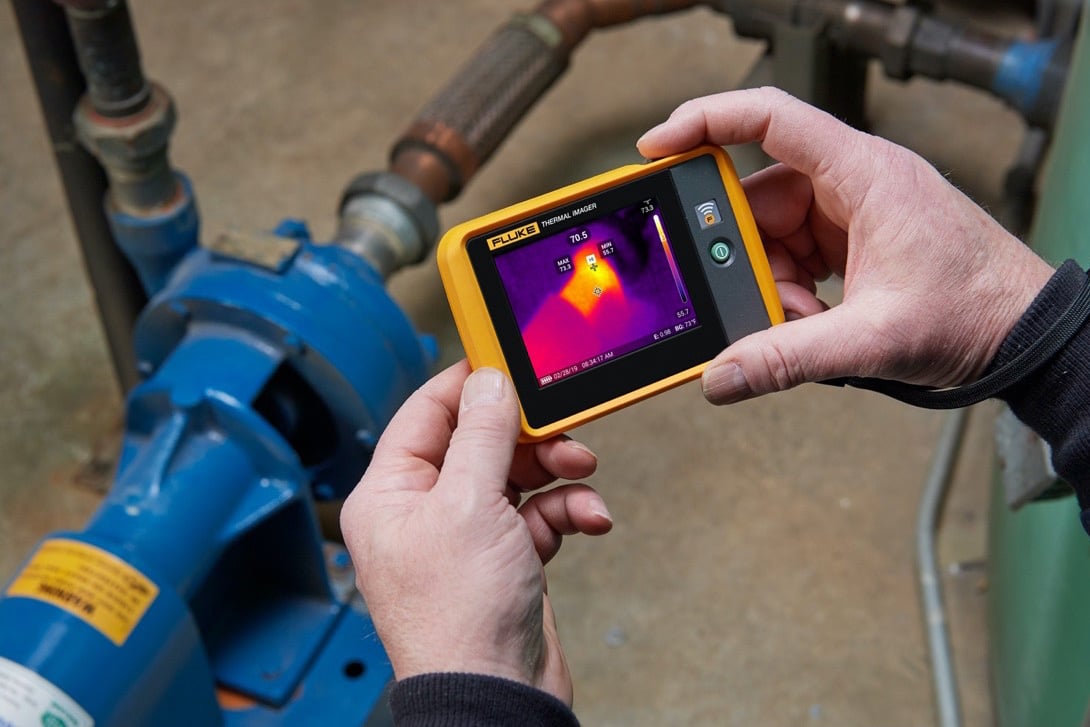Water Leak Detection: How to Recognize and Repair Leaks Before They Create Damages
Water Leak Detection: How to Recognize and Repair Leaks Before They Create Damages
Blog Article
Ingenious Solutions for Early Detection of Water Leakages in Structures and Facilities
As the integrity of buildings and facilities is extremely important, the difficulty of very early discovery of water leakages has stimulated ingenious options that guarantee to revolutionize the method we secure against possible problems. From cutting-edge leak discovery innovations to the implementation of IoT sensing units for real-time monitoring, the landscape of leak avoidance is developing quickly. Machine knowing algorithms offer a peek right into the future of leakage forecast, while thermal imaging offers a non-intrusive approach for determining concealed leakages. Automated water circulation evaluation systems are reshaping how leaks are recognized and dealt with, leading the method for an aggressive approach to water leak discovery. Each of these services holds the crucial to ensuring the reliability and longevity of our constructed setting, motivating a shift towards a more sustainable and effective future.
Advanced Leak Discovery Technologies
Advanced leakage detection modern technologies, outfitted with innovative sensors and algorithms, play a critical duty in swiftly identifying and pinpointing water leaks in different setups. Electromagnetic sensors can recognize changes in electromagnetic areas caused by water, supplying yet one more layer of leak detection ability.

IoT Sensors for Real-Time Monitoring
In the world of modern water leakage discovery, the assimilation of IoT sensors for real-time monitoring stands for an essential innovation in enhancing proactive leakage detection capabilities. These sensing units use constant surveillance of water systems, providing real-time information on water circulation prices, pressure variations, and temperature changes. By leveraging IoT technology, these sensors can discover also the smallest anomalies in water use patterns, enabling very early recognition of prospective leakages prior to they intensify right into major issues.
IoT sensors send information to a centralized platform, where innovative formulas analyze the info and create notifies or notices when irregularities are found. This real-time surveillance capacity permits homeowner or facility managers to without delay deal with leaks, lessening water damages, decreasing repair expenses, and preserving water sources.
Additionally, IoT sensors can be incorporated with building management systems, permitting computerized feedbacks to detected leakages, such as shutting off water valves or activating pumps to reduce the effect of leaks. Overall, the application of IoT sensing units for real-time surveillance significantly improves the effectiveness and efficiency of water leak detection in buildings and framework.
Artificial Intelligence Algorithms for Leakage Prediction

One trick advantage of using artificial intelligence for leakage forecast is its capability to constantly learn and boost its accuracy gradually. As even more data is gathered and fed into the formula, it can fine-tune its predictions and adapt to changing conditions, ultimately boosting the reliability of leak detection systems.
Moreover, artificial intelligence algorithms can assist in identifying refined signs of leaks that might go unnoticed by typical surveillance methods. water leak detection. By analyzing complicated data embed in real-time, these algorithms can provide very early cautions and alerts, enabling punctual treatment and preventative maintenance to mitigate prospective water damage and associated prices
Utilizing Thermal Imaging for Leakage Discovery
Thermal imaging modern technology supplies an appealing strategy for detecting water leakages in different systems and facilities. By making use of infrared radiation and temperature variances, thermal imaging video cameras can recognize concealed leakages that are not quickly noticeable to the naked eye.
Among the crucial advantages of thermal imaging for leakage detection is its non-intrusive nature. Unlike standard approaches that may find out here require burglarizing walls or floors to find leaks, thermal imaging permits for non-destructive screening. This not only conserves time and minimizes prices but likewise decreases interruption to the structure or infrastructure being analyzed. In addition, thermal imaging can swiftly check large areas, supplying a thorough introduction of potential leakage sources in a timely way. Generally, making use of thermal imaging innovation boosts the performance and accuracy of water leak discovery, making it a useful device for preserving the stability of structures and infrastructures.
Automated Water Circulation Evaluation Solutions
Just how can automated water circulation evaluation systems revolutionize the discovery and monitoring of leaks in different systems and frameworks? Automated water flow evaluation systems provide a positive technique to leakage discovery by continuously keeping an eye on water flow rates and patterns. By developing baseline data, these systems can promptly recognize discrepancies that may indicate a leak, enabling prompt treatment to avoid substantial damages.
These systems make use of advanced algorithms to assess real-time information and give immediate informs when abnormalities are identified, permitting quick action to be taken. In addition, computerized water circulation analysis systems can be try this out integrated with building monitoring systems or IoT systems, enhancing overall efficiency and making it possible for remote monitoring capacities.
Moreover, the data gathered by these systems can be made use of for predictive upkeep objectives, aiding to determine possible weak factors in the infrastructure before leakages take place. Generally, the implementation of computerized water flow analysis systems can significantly improve leak detection and monitoring practices, ultimately resulting in cost financial savings, lowered water wastefulness, and increased sustainability in structures and facilities.

Final Thought
Finally, the combination of sophisticated leak detection technologies, IoT sensing units, artificial intelligence algorithms, thermal imaging, and automated water flow analysis systems uses innovative solutions for very early discovery of water leakages in structures and framework. These technologies make it possible for real-time surveillance, forecast of leaks, and reliable discovery approaches to stop water damage and wastefulness. Implementing these options can help in keeping the that site stability and sustainability of water systems in numerous setups.
Report this page